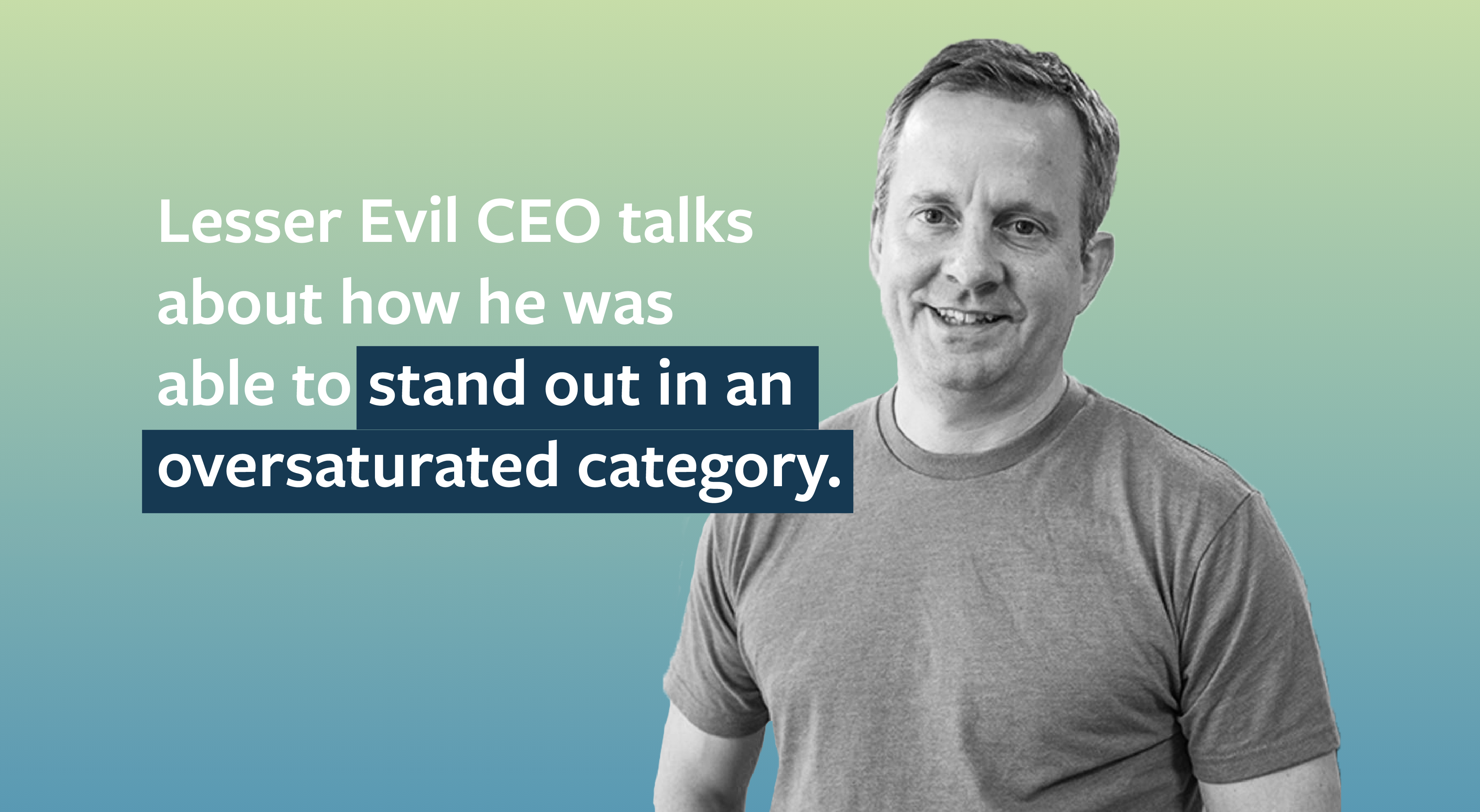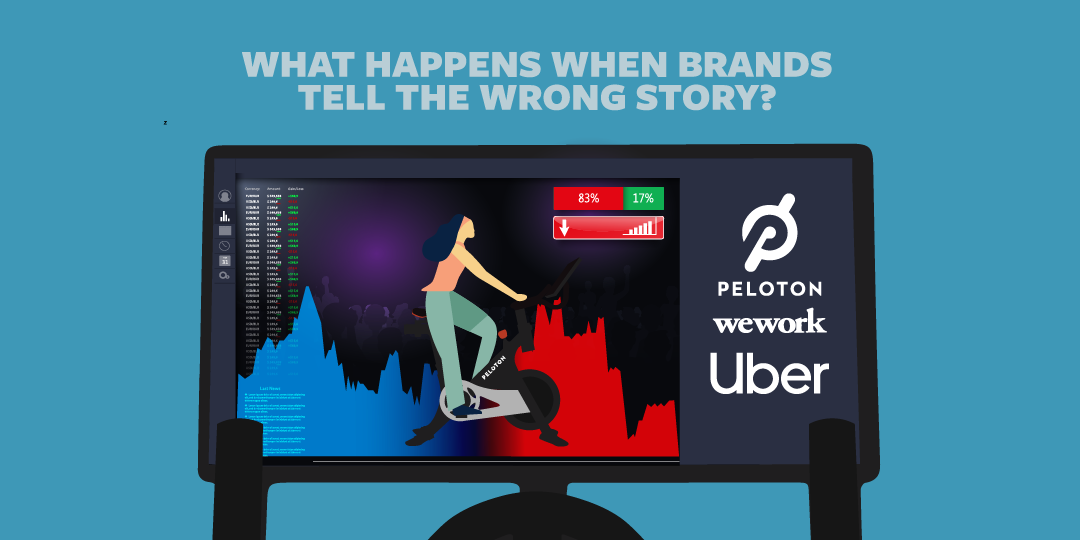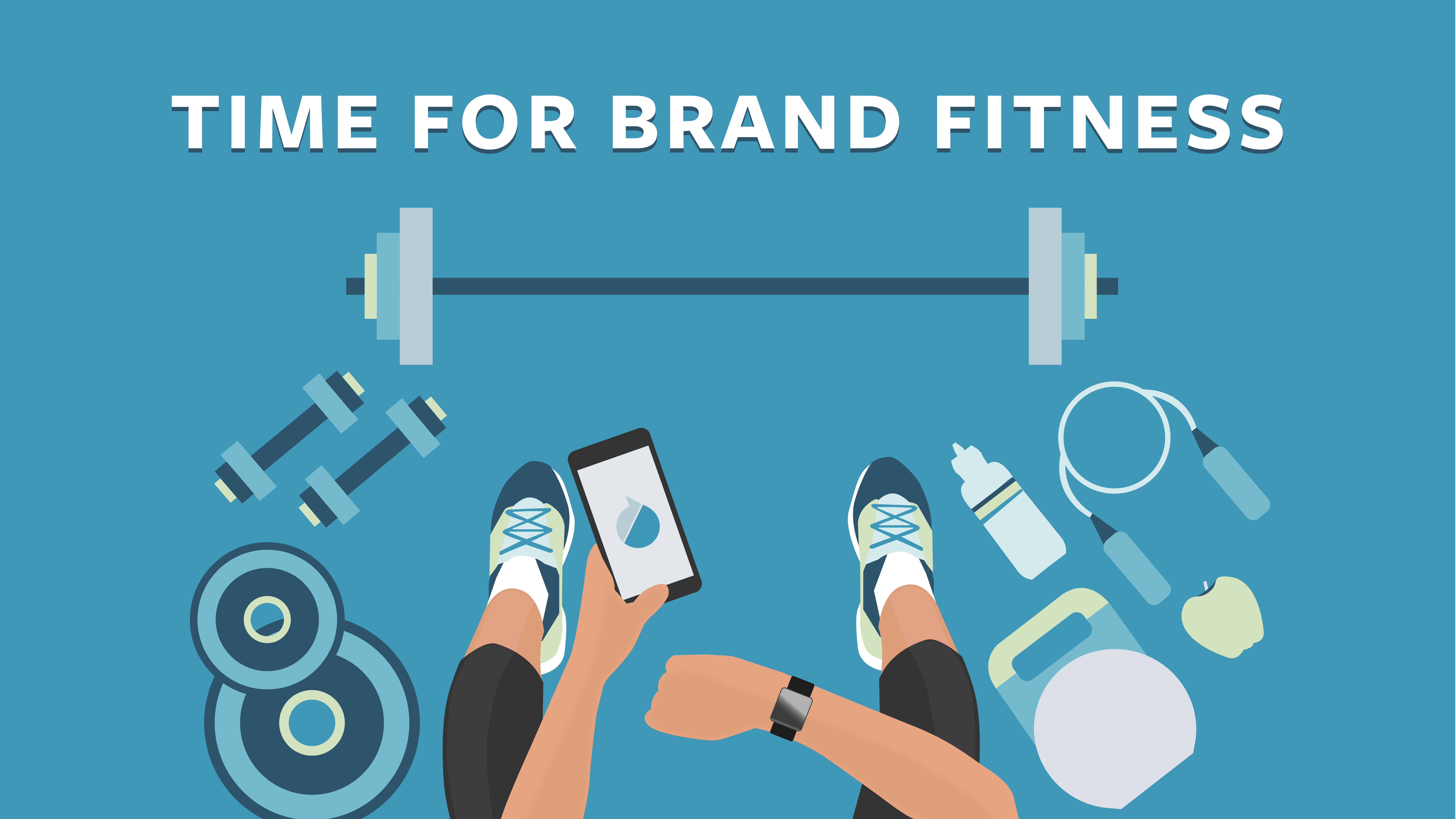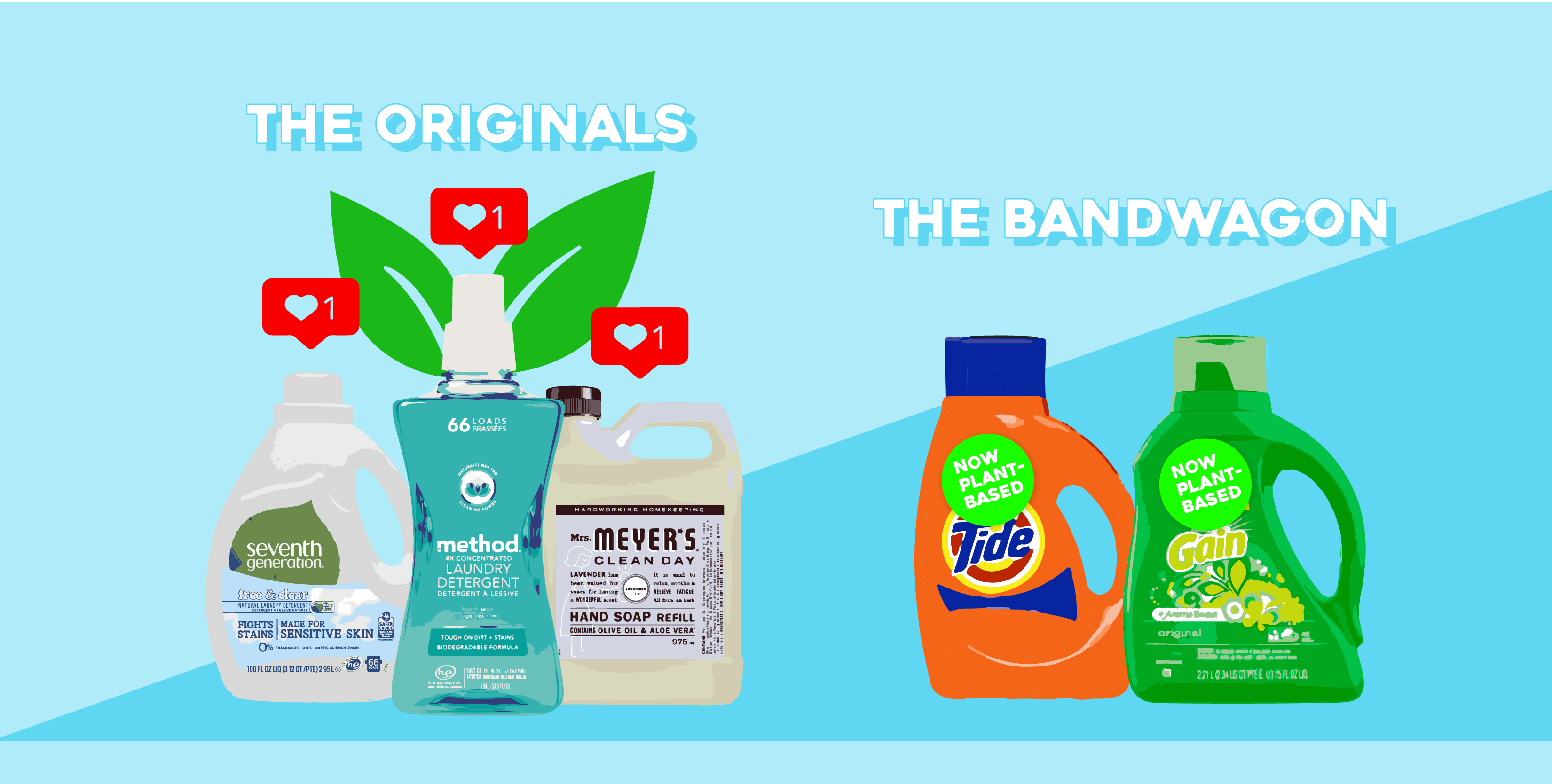If you know anything about organic snack foods, then you probably know Lesser Evil. And if you don’t, trust me, you are missing out.
On my podcast, The Irresistible Factor, I recently chatted with Charles Coristine, the CEO and President of Lesser Evil to hear about how he’s taken this brand from a little known organic popcorn to a brand that is showing up everywhere.
And about his plans to take over the snack food sector, one organic pop at a time.
Here are some of the most interesting bits from the interview. You can get all of the wisdom that Charles shared here (link to podcast ?)
1. Be ready to fail. A lot.
You have to be nimble and when things aren’t turning out right, you have to let the data tell you what to do. Or sometimes, change the branding, change the value proposition, but you have to change things quickly. My days spent in finance have really helped me as an entrepreneur in the food space because I know when to cut back quickly.
2. The biggest challenge is raising capital.
If you want big distribution, you need deep pockets. And the faster you grow, the more capital you’re going to need so you’re constantly asking yourself, where am I going to find the money to increase my sales?
3. Find a good partner.
What took us over the hump was finding a really good growth equity partner who believed in our mission and our product and wanted us to succeed. It wasn’t just about enhancing their return. Some firms can try to take advantage of innocent entrepreneurs because they think, if I get money, my product is going to take off. And that’s not always the case. You should be less concerned with valuation at the beginning and more concerned with finding the right partner. Because that can make all the difference and with us doing so, we could make riskier decisions, which ultimately picked up the trajectory for Lesser Evil in a big way.”
4. Be a good partner.
“Every retailer has a different strategy and you’ve maybe only got 6 months to show up and prove to them that you’re going to be amazing. You’ve got to get in there, and do whatever it takes to stand out. We are in a crowded space, so product differentiation is huge. And if you’re being innovative and continuously staying relevant, stores will give you that shelf space.”
5. Charles was a finance guy. Now he’s a healthy snack guy.
Charles told me that his job on Wall Street started to take a toll on his health and Lesser Evil really found him. Here is my favorite quote of the podcast:
“I look at my life now and 10 years later, what I got out of buying Lesser Evil was so much more than I ever anticipated. For the better, as a person. I still have a long way to go but when I was younger I wasn’t appreciating things the way I appreciate them now. I wasn’t living in the moment and now I see things more clearly so I’m very appreciative that life happened the way it did. I think we both healed each other.”
If you’d like to be featured on The Irresistible Factor or need help figuring out how to make your brand Irresistible, reach out to me at kbridges@sawtoothgroup.com














